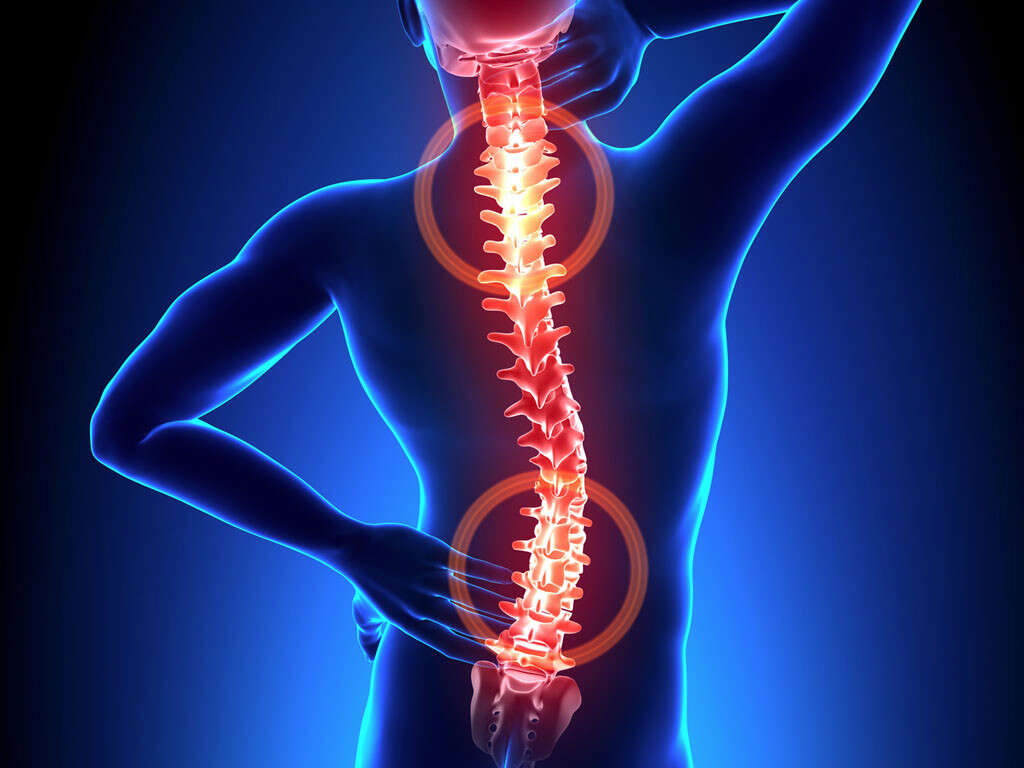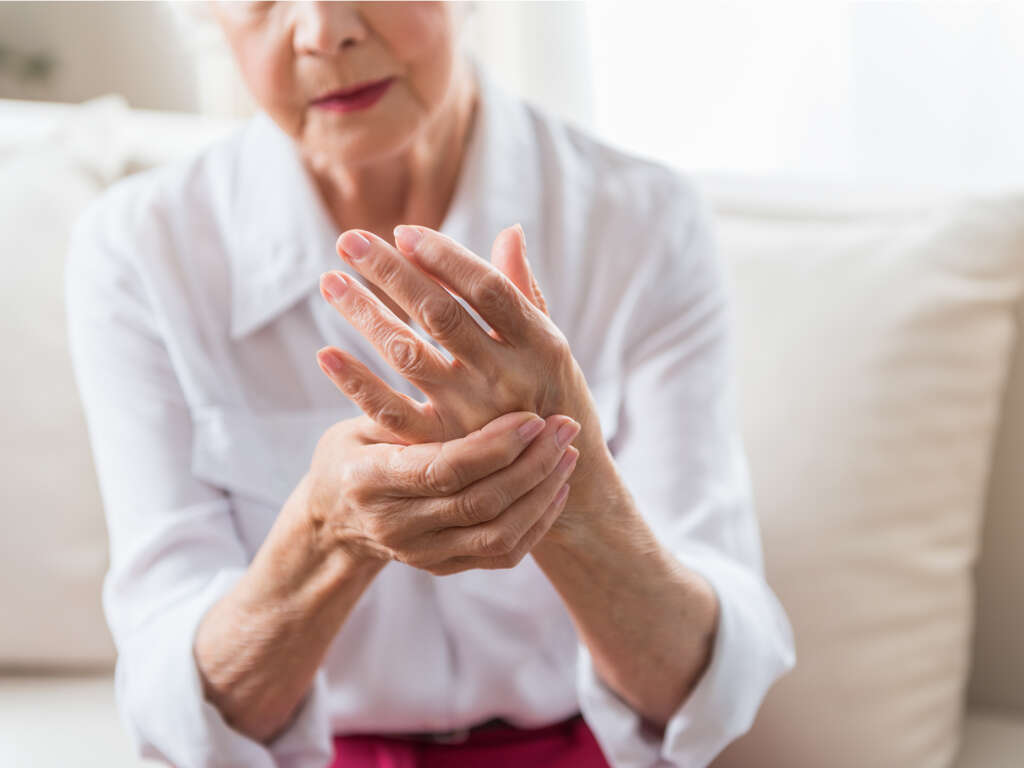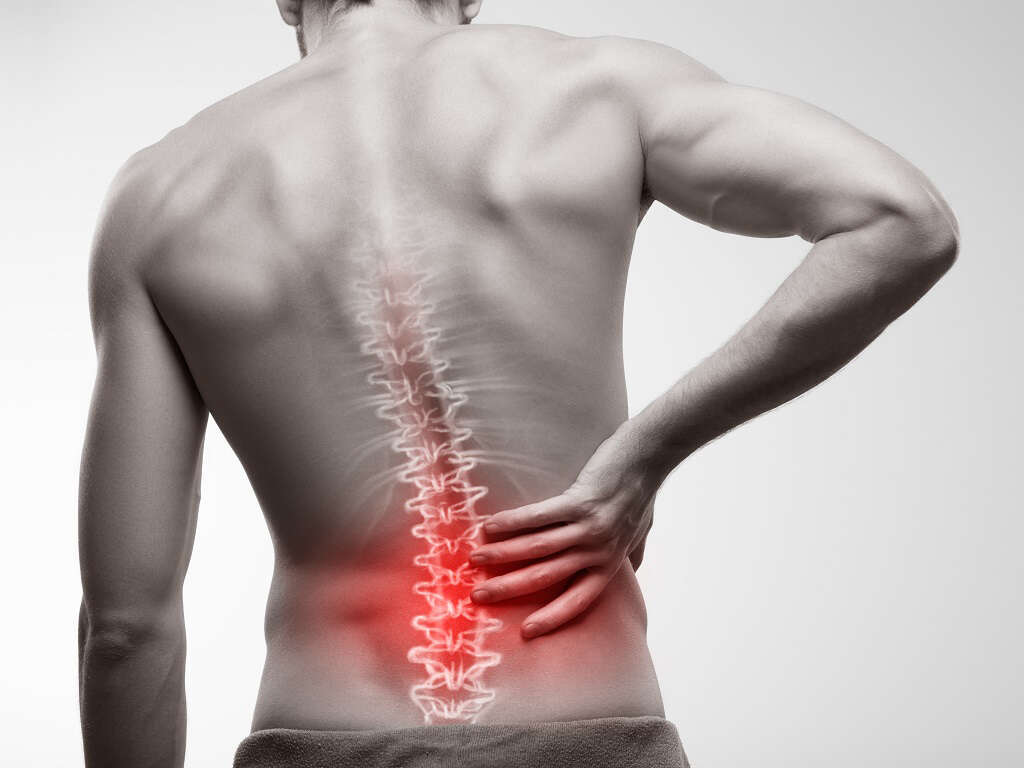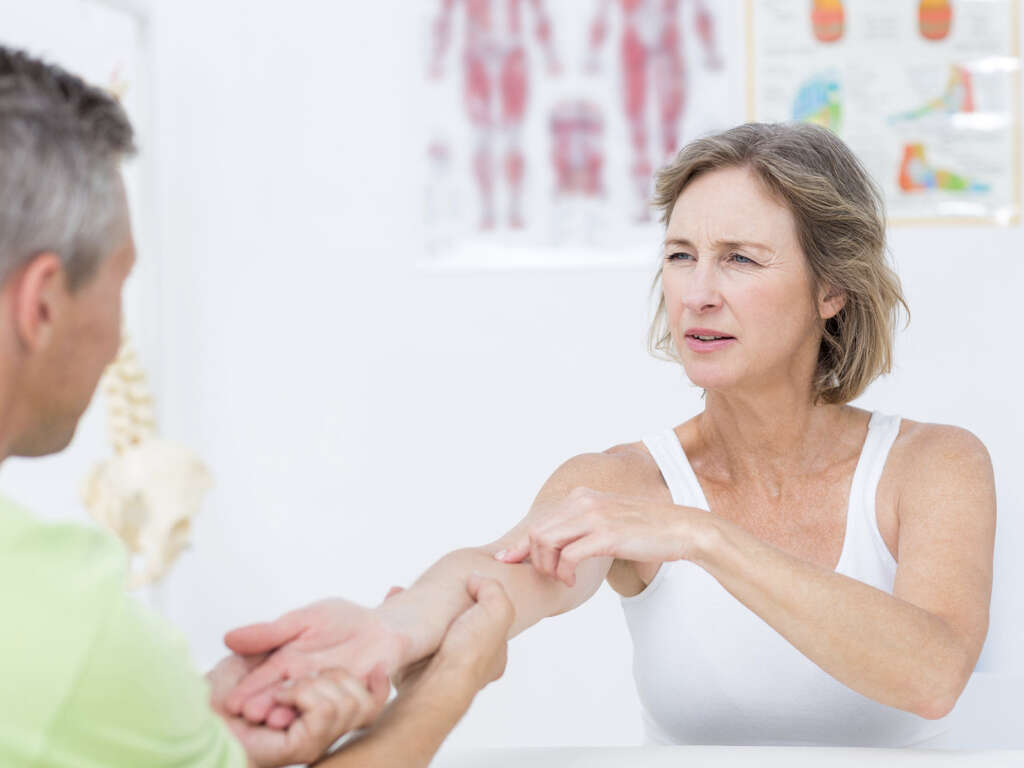10 Rheumatoid Arthritis Symptoms
Rheumatoid arthritis is an autoimmune disease that manifests in the form of a chronic inflammatory disorder that mainly affects the joints. The disease occurs when your body’s immune system, which normally fights against harmful bacteria and viruses, mistakenly attacks the joints. This causes painful swelling in your joints lining, resulting in erosion and joint deformity.
In most cases, rheumatoid arthritis affects the joints of the hands and feet. However, unlike osteoarthritis, rheumatoid arthritis is a systemic disease and can affect any part of the body including the eyes, skin, heart, and blood vessels. Rheumatoid arthritis usually begins during middle age and is more common in women than men.
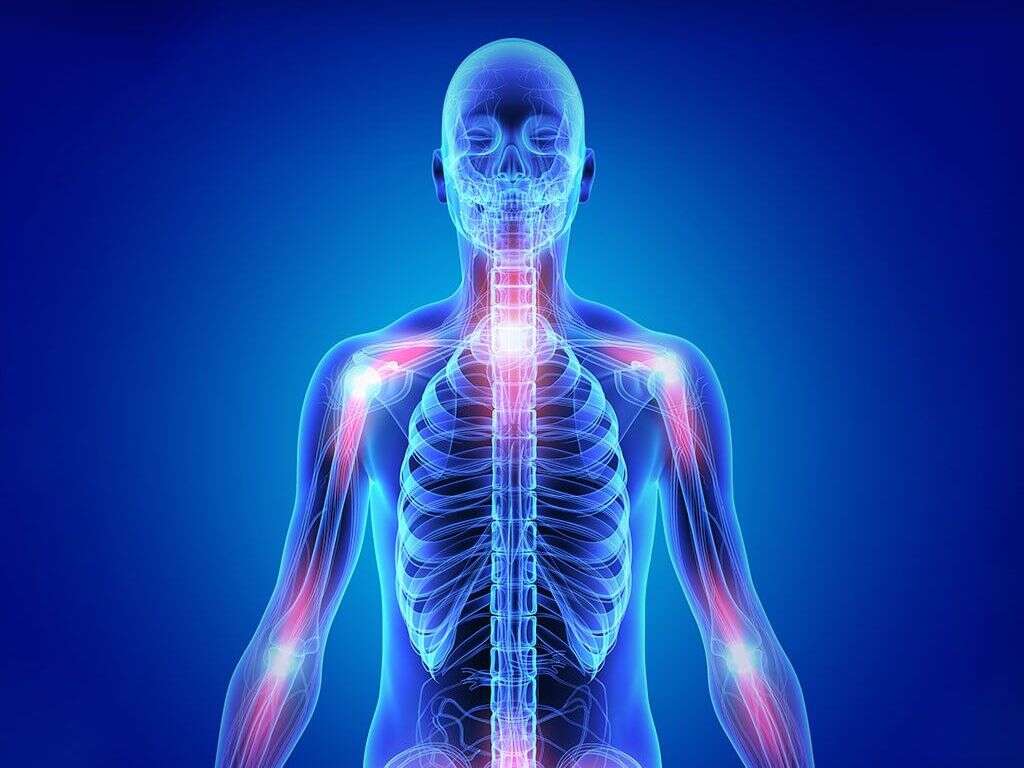
1. Fatigue
You may experience an overall feeling of tiredness before any other symptoms show. This feeling is caused by disease activity, inflammation, and medications. Due to this fatigue, a person with rheumatoid arthritis may become less active, which only worsens the fatigue and may lead to depression. Therefore, people with rheumatoid arthritis are advised to be more physically and mentally active. Other symptoms associated with fatigue include loss of appetite and weight loss.

2. Symmetrical Joint Effect
Rheumatoid arthritis is a form of symmetrical arthritis that normally affects the joints of the hand, wrist, elbow, ankles, and knees.
Rheumatoid arthritis does this is a symmetrical manner such that the same joints on both sides of the body are affected. For example, if your left wrist is affected, your right wrist is also affected.

3. Joint Deformities
Joint deformities arise when inflammatory cells gather on the linings of a joint. This causes tissues to release substances that quicken bone erosion and damage to the surrounding ligaments. As a result, the joints lose their normal shapes and alignment.
However, in recent years, early detection and aggressive treatments have made joint deformities as a consequence of arthritis a less common occurrence.

4. Loss of Joint Function
As rheumatoid arthritis progresses, the chronic inflammation continues to wear out tissues, including bones within joints.
Severe bone and ligament erosion may lead to the total loss of joints functions, and even tiny movements can cause a lot of pain. At this point, the patient may need to undergo joint replacement surgery.

5. Joint Stiffness
Joint stiffness is another common symptom of rheumatoid arthritis. The stiffness typically starts from the smaller joints of the hand, then slowly progresses to other joints.
Progression of stiffness may be faster for some people. This stiffness may last for hours and may arise after prolonged periods of activity or inactivity.

6. Swelling
Swelling is another common symptom of rheumatoid arthritis. This can occur in one or more joints. Swelling occurs when the immune system attacks the joint lining, comprising of the synovium, which produces a fluid that acts as a lubricant for the joints.
Sometimes, inflammation of the synovium can lead to excessive fluid in the joints.
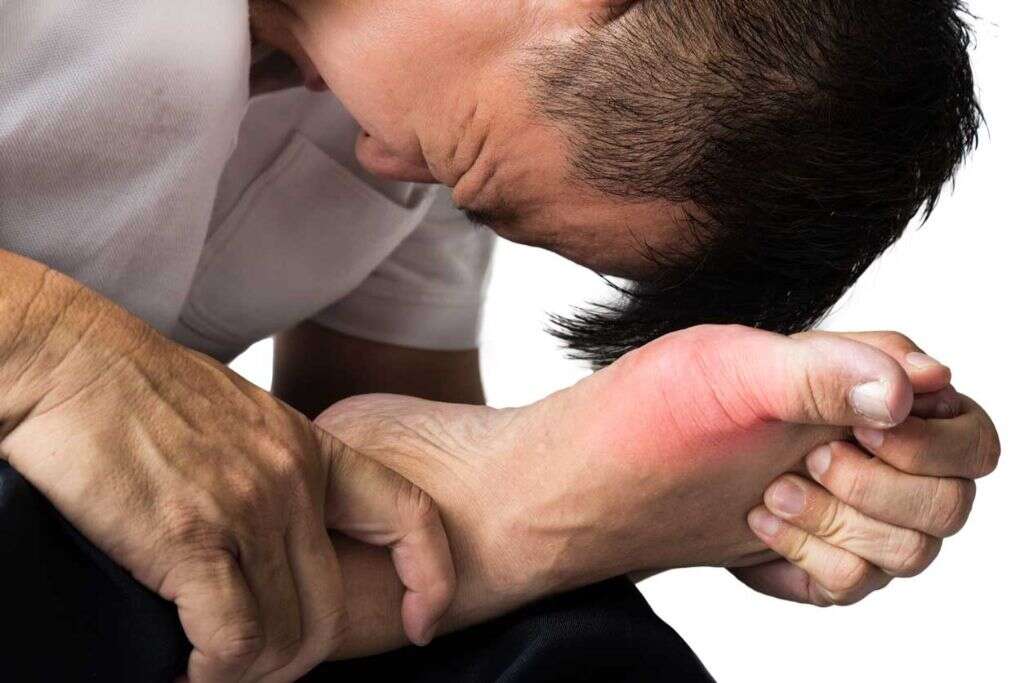
7. Redness and Warmth
The skin around the affected joints may show signs of reddening and increased warmth. The redness is brought about by dilated capillaries, which expand as a result of inflammation. Joint warmth is usually a sign of active inflammation within the joint.
When you go to a doctor, they will typically check for warmth in joints. It is worth noting that joints can feel warm without any visible redness or swelling.

8. Joint Pain
This is caused by inflammation in the joints during the active phase of the disease. Pain may also occur as a result of damage to the joints by the inflammation.
This pain often occurs symmetrically. Most commonly affected joints are those in the hand, but pain can also occur in other joints.
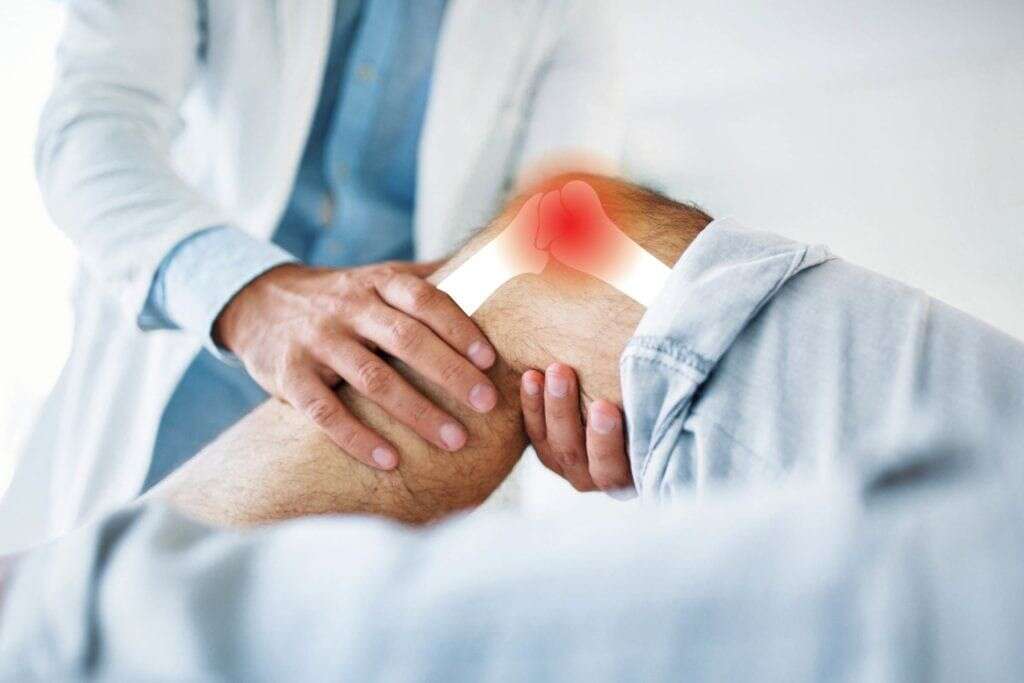
9. Loss of Function and Mobility
Rheumatoid arthritis can also affect your normal movement by decreasing your range of motion. This is a result of the localized inflammation, erosion, and deformity of joint tissues and bones.
To minimize loss of function and mobility, it is important to engage in regular and gentle physical activity.

10. Numbness and Tingling
People with rheumatoid arthritis may also experience numbness or a tingling sensation, especially in the hands. The inflammatory process can put pressure and compress nearby structures like nerves.
This causes paresthesia (numbness and tingling) of the affected extremity.








